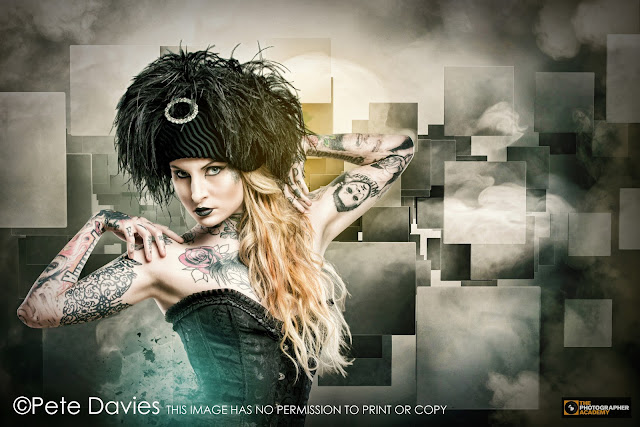Exploring Relationships: Styling and Posing for Family Portraits
Many of the subjects you encounter will be either families or groups of friends. The ability to understand and interpret the relationships in a portrait of more than one person relies on your observation skills as well as on you being able to communicate with your subjects.
Couples
The style of the portrait depends on the relationship between the couple. An engaged or married couple will usually be more passionately animated and can be posed very close together, so that they can lean their heads toward each other. A brother-and-sister portrait, on the other hand, would not be as closely posed and very rarely would any hands be placed on the other person—except, perhaps, for a hand on the shoulder in a tightly framed head-and-shoulders portrait.
Family groups
Depending on the relationships between them, posing a family can be the simplest of tasks or your worst nightmare. The secret is to observe them carefully before you even begin to put the family group together and to separate those who do not appear to get on right at the start. In this kind of situation, make the session as quick as you can, minimizing on fuss of lighting.
The focus of any family group is usually the parents, so traditionally they take center stage, with their children radiating out from them by age.
There are, however, always exceptions to this rule—the main ones being the style of the portrait and the need to hide one person behind another to reduce body size. Generally, turn each member of the group so that their shoulders face toward the middle of the portrait, with the heads tilting slightly toward the center of the group; this has a slight slimming effect, and also allows the bodies to be positioned close together.
Parent and child
Probably the most emotional of all relationships in portraiture is that between a parent and child—especially a newborn child. The natural bond between them makes for great photographs, as the interactions and instinctive glances that occur are ones that words will never be able to explain. When I photograph a parent and child, I use the touching of hands and arms and feet as the connection between the subjects to add to the mood of the portrait.
The secret is to keep things simple and allow the expressions to tell the story. It is best to try and work on the same level as a child, so as not to look down on them, so getting down on the floor is essential for a true child’s eye view. Young children will always feel more comfortable on the floor, with or without a parent.
 |
| Mother and child - This loving portrait of a mother and child is full of emotion. The mother has been brought down to the child’s level; I simply photographed the interaction between the two. |
Children
A session with a very young child can be over in minutes, so be ready to take the portrait, instead of fussing with equipment. I always work with the parent or a guardian in the studio. This helps the child to relax and allows me to concentrate on taking the photographs rather than worrying about the child’s safety.
For more animated poses I encourage children to move around the studio a little while they are being photographed. If you can make it seem like a game, this is a great way of bringing out their natural character.
To get the interaction between siblings can be easy, if they get on, or a testing experience if they hate each other. Start a session with the children close to each other, but not touching; you can usually tell from this how well they get on and this will determine the variety of poses to follow.
 |
| Runaway kids After exploring the relationship between the children during the main part of the session, I always try to end with some fun images. It took six attempts to get this shot right! |
Degrees of Closeness
Physical proximity reveals your subjects’ emotional rapport.
by Mark Cleghorn
We have many films on PhotoTraining4U on shooting families and children in our portrait and posing guide sections. You can find these films by clicking HERE






